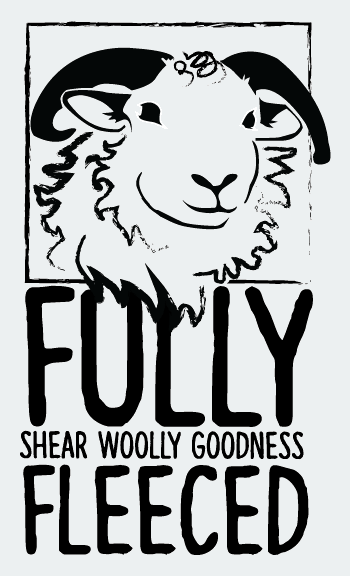Ok, so I got a couple pictures of Chone’s hoof. Sorry about the blur, but I think you can still see what’s going on:
Here is from the side. Gives you the best view of the separation, I think
And here is is more from the front- I’m separating the toes some a little so you can see the cleft area better.
And here is a scan of the tag from the sheep mineral:
The tag was bisected by the cord that stitched the bag shut, so you might not be able to make out the Manganese content- it’s 1,700 ppm.
Thoughts?
Edited to add: The hoof photos were taken today, after we’d applied the copper solution yesterday afternoon. So they’ve already hardened up some




Well, that IS exactly as you described which I really couldn’t picture since I’ve never seen it before. Hope someone can be of more help than I am!
That’s how my sheep hoof problem looks as well- they “come apart at the seam” basically, and then all sorts of problems ensue. My sheeps’ bodies try to compensate by growing hoof tissue at a crazy rate- sometimes I can cut off 2″ of growth in a month or two. But despite the body’s attempt to heal that fissure, they almost never manage to close it. Instead the extra hoof tissue just grows out in a big flap, like an elf shoe. I did get them all healed one time, last November, in a really wet month. So I’m obsessed now- I believe it can be done!! 😀 And I think it’s nutrition.
I compared the W-E label to all the other ones I have in my spreadsheet- thanks for sharing it. It’s amazing how each company comes up with their own slightly tweaked version. It’s higher in zinc than most (but not higher than Sweetlix Meat Maker), lower in manganese than most, high in selenium, and middle of the road on everything else that I have in my spreadsheet.
Michelle
Thanks for the info on the mineral comparison. I’ve been looking online for other options, but it’s sometimes difficult to deal with all the different units of measure (ppm, mg/lb, %). I think that I can get the Purina Goat mineral at our local farm store- perhaps I’ll try making both available to them side by side and see which they choose, or I suppose I could mix the two, that way I’d get some copper and still keep the benefit of the higher selenium from the W-E mix.
Yeah, I think you have no choice but to crank on the math. The labels don’t tell you enough, because they all recommend different feed rates, and if you’re feeding free-choice, you have to figure on how much they’re actually eating.
It would be good to have your forage lab tested, so you know how much copper you currently have, and how many copper binders you are dealing with. Then you have to calculate how much mineral supp you are either measuring into their feed, or weigh how much they are eating, on average. Then calculate the total weight of their forage intake, and calculate the ppm dilution as-fed. At that point, you can compare to recommended values for sheep.
It’s definitely an algebra exercise! But it’s worth doing, because copper can be deadly, so if you did ever lose a sheep, you’d want to know how much you were feeding so you could back it down.
Michelle
I mentioned in a private email that our sheep’s copper levels have been low, likely because of molybdenum in our soil. Our zinc levels have been fine as have our hooves usually.